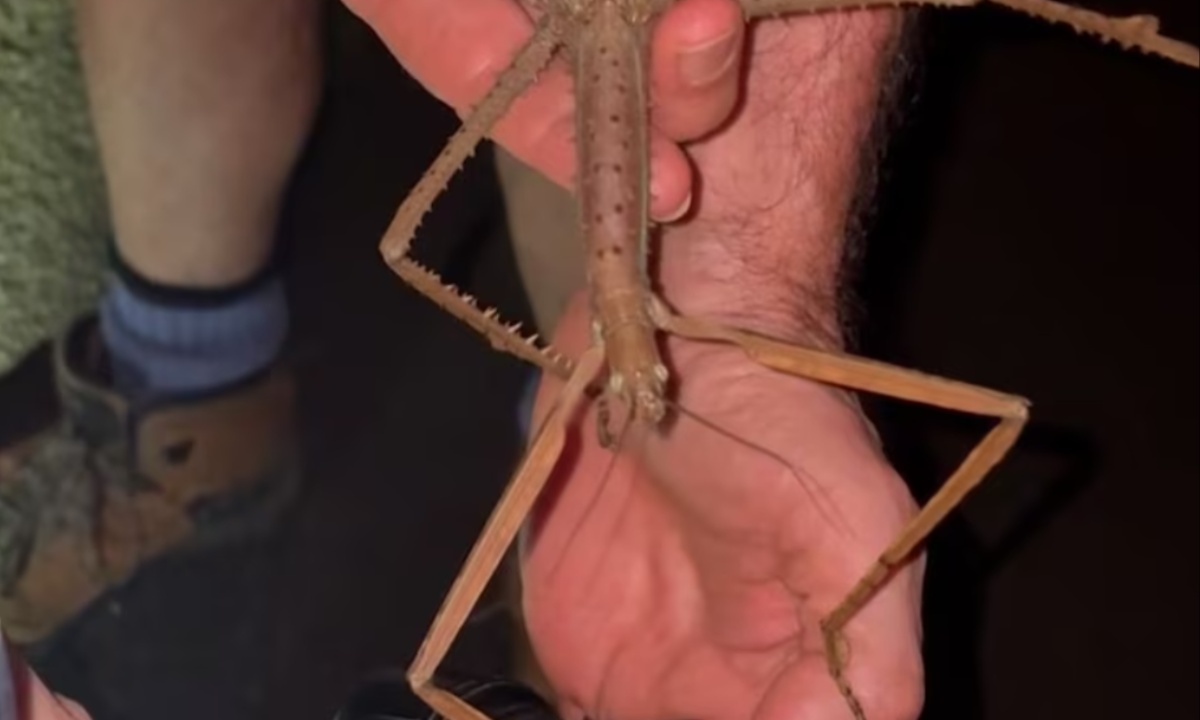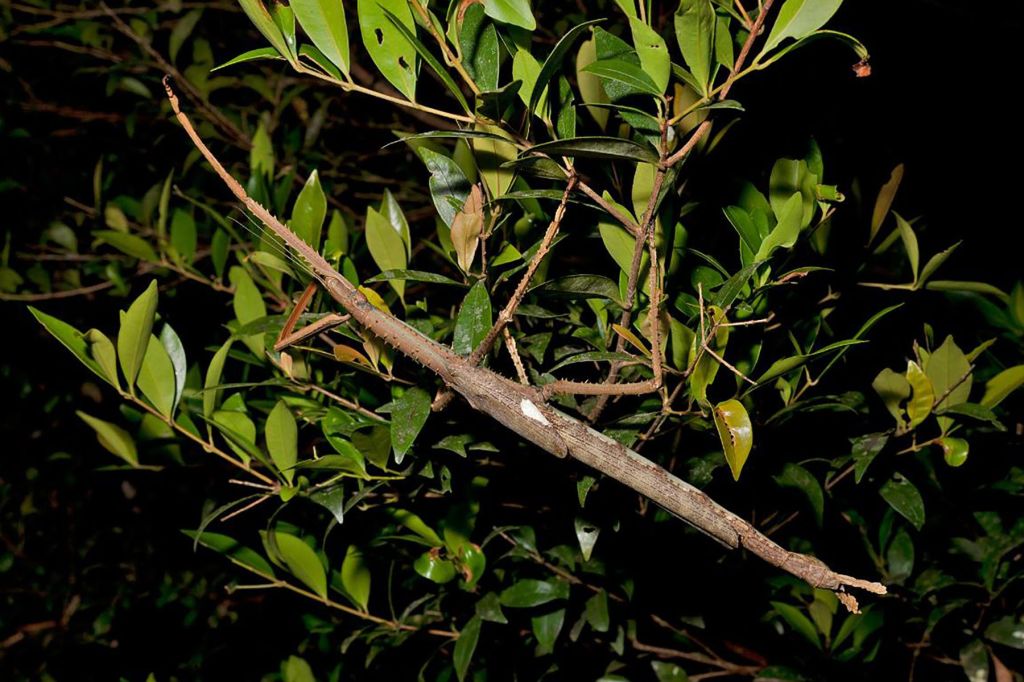In the remote rainforests of Far North Queensland, Australia, scientists have uncovered a previously unknown species of stick insect. Found in the high canopies of the mountainous Wet Tropics region, the insect is believed to be the heaviest stick insect ever discovered in the country. Measuring 40 centimeters in length and weighing 44 grams, about the same as a golf ball, this giant insect has been named Acrophylla alta.
Evolutionary Size and Remote Habitat Help Insects Survive and Escape Human Detection
Angus Emmott from James Cook University, who helped identify the species, explained that the insect’s large size is likely an adaptation to its cool, wet habitat. The body mass may serve as insulation, helping it to survive in colder conditions that are typical of its high-altitude environment. This evolutionary trait is thought to have developed over millions of years, giving the insect a survival edge.

The insect’s secluded home has played a major role in its delayed discovery. Living high in the rainforest canopy and confined to a very specific geographical area, the insect is rarely seen by humans. Emmott noted that unless natural forces like cyclones or birds bring them down from the canopy, people are unlikely to encounter these creatures.
Distinctive Egg Traits Help Confirm Species and Advance Scientific Research Collection Efforts
One of the key factors that confirmed Acrophylla alta as a new species was the unique characteristics of its eggs. According to Emmott, every stick insect species has distinct egg shapes, textures, and surface features. These differences allowed researchers to distinguish the insect from other known species, adding credibility to their classification.
To support further research, two specimens of the insect have been added to the Queensland Museum’s collection. This will help scientists continue studying its biology and ecological role. The discovery not only expands our understanding of Australia’s insect diversity but also highlights the importance of preserving remote ecosystems that still hold many biological secrets.












Leave a Reply